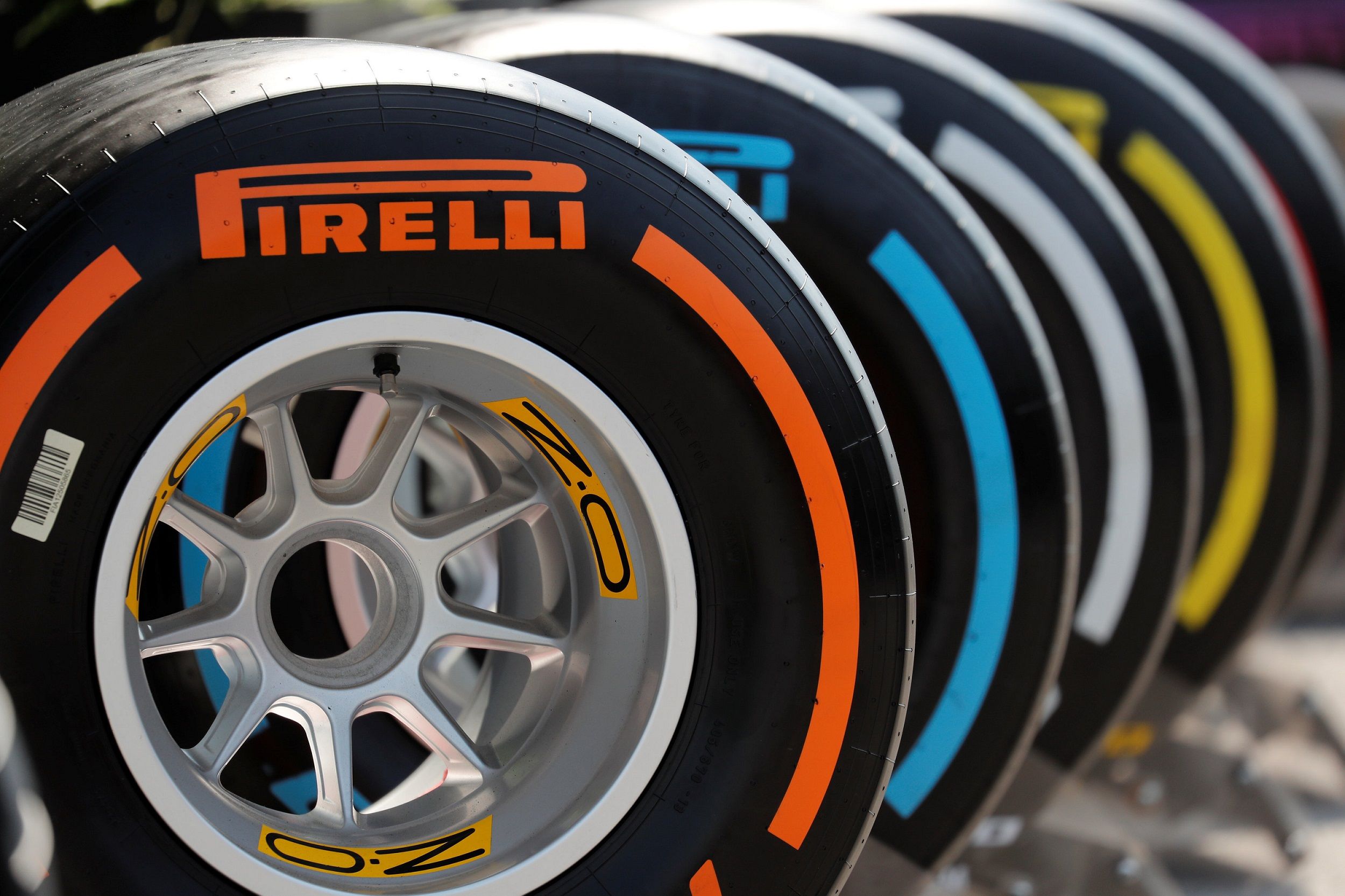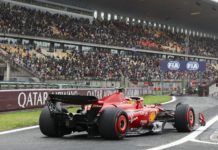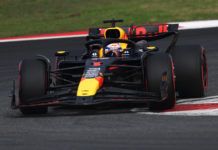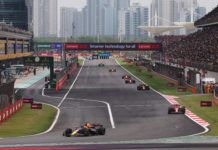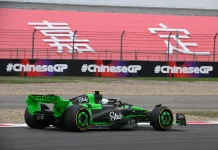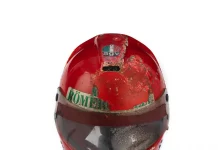Pirelli’s motorsport head Mario Isola has said that the tyre manufacturer is analysing every detail from the 2018 Formula 1 season for its future developments.
Ever since Pirelli came into the sport, they have been subjected to huge scrutiny whether from fans, drivers or teams despite the Italian manufacturer doing whatever has been asked of them to do from the Formula One Management.
Following the tyre war seen in the old times, Pirelli has been F1’s sole supplier since 2011. Not just tyres but their deals extends commercially as well as they are involved as title sponsors for various grand prixs in the year.
Their current deal ends next year with a fresh tender process for 2020 until 2023 already underway as Pirelli faces competition from Hankook. Both of them are technically eligible to supply tyres with now the commercial agreement remains.
The deal includes the current tyres to be used until 2020 after which F1 will move to 18-inch tyres from 2021 season. The Italian manufacturer is also simplifying the tyre names to soft, medium and hard from 2019 after backlash for 2018.
Also, there has been increased frustration of one-stop races wherein the teams opt for the quickest strategy in the races to save time in pit stops. A large portion of 2018 has seen one-stop races which forces drivers to take it easy in the races.
“Pirelli has been with us for a long time and a stable partner and they have been given an impossible task that whatever specification we ask for and they deliver, it’s not as good as it should be so Mario has stood firm with the teams complaining,” said Toto Wolff.
“Pirelli’s a great brand and a pillar of the sport and that needs to be considered, obviously, and the teams have no say in that. It is a commercial and political decision that’s going to be taken by FOM.
“They need to look at the numbers, they need to look at the brand values and on the impact that a new tyre supplier can have versus the one that we know. I’d like to leave it with them, but we’ve worked with Pirelli really well over the past years.”
Renault’s Cyril Abiteboul added: “What I think is really important is to make sure to define what’s good for the sport, for the fans, for the show, for the mid-term future and really stick to it.
“Because every single time we come up with a request and I think, in fairness, Pirelli has delivered but it seems to make us even more unhappy than the situation before. I think we are all complaining about the pit stop situation.
“The number of pit stops, optimum race strategy that is a bit straightforward, the fact that we need to drive very slowly on occasions and manage the tyres. It’s true that there is no point in doing all the investment that we will be doing in new engines if we are still limited by another component.
“Another factor [especially the tyres], so that’s really important that we have a good thinking about that and that we give proper time to stability to Pirelli or anyone else to develop the right product.”
Pirelli’s Isola agreed with the statements from Wolff and Abiteboul, adding that the Italian manufacturer is already analysing what needs to be done for 2019 to increase the pit stop element and force drivers to opt for alternative strategies as well.
“We always tried to deliver what we have been asked to deliver,” said Isola. “Sometimes it wasn’t easy, especially now you can see. Cyril was talking about pit stops and what is happening now but we know that if you add an extra pit stop to the strategy you lose 20 plus seconds.
“That means that you have to recover this time on track so there is a completely different approach from the teams compared to 2011, 2012 for example. They have to save the package, not only the tyres.
“That means that they try to plan a strategy with a minimum number of stops possible and this was clear, for example, in Singapore where the potential for the hyper soft was much higher so they could lap much quicker but the decision of more or less everybody was to save the tyres in order to plan a strategy with one stop.
“If you just have a look at the average degradation in free practice two [in Russia] that was more than 0.3s per lap and during the race was less than one tenth per lap and this gives you an indication of what is going to happen.
“How we can solve this is probably necessary to analyse the data from the first part of the championship and to understand which is the right direction in terms of the regulations and then we will see,” he explained.
Throwing some details on 2019, he said: “We are working on some fine tuning of the compounds, because the target for next year is to nominate five compounds. The target is five compounds.
“We may need to homologate an extra compound, so six, but hopefully we stay on five. That means that we will provide all five compounds with the new construction in Abu Dhabi at the test that is planned for after the race, similar to last year, to give the teams the opportunity to have an idea of the 2019 product.”

